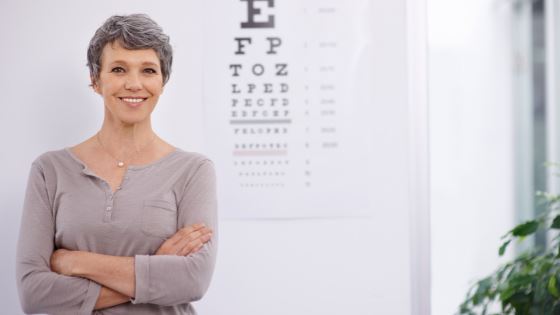- No products in the cart.
We often think of eyesight as something that naturally deteriorates with age, when in fact, the degree of eye health we hold is directly related to our overall health and nutrient status. Nutrition governs ocular health so much so, that we can use targeted and general nutritional interventions for preventing and managing our eye sight throughout the lifespan. Whether we want to stop increasing the size of text on our phones or safeguard against cataracts, dry eyes, glaucoma and macular degeneration, we’re here to give you a foundational blueprint to protect your eyes, and your sight throughout the lifespan.
Whole Body Health and Eye Sight
Eye disease and deteriorating vision are not isolated incidences in the body. They are a symptom reflecting a deeper imbalance in the body. For example, atherosclerosis which is the hardening of the arteries due to excess plaque can restrict blood flow to the eyes which can cause a gradual loss in eyesight and in some extreme cases blindness.
Another example is that inflammation of the eye, which can lead to glaucoma, cataracts, retinal swelling, and clouding of the cornea is often a byproduct of autoimmune and inflammatory diseases.
Examples of disease that can lead to inflammation in the eyes are: diabetes, rheumatoid arthritis, osteoarthritis, MS, atherosclerosis, high blood pressure and digestive pathologies such as Crohn's disease.
The common root of all the mentioned diseases is inflammation. The inflammatory process uses a lot of nutrients, leaving little leftover for the repair of tissues, such as in the eye.
Addressing inflammation is going to have a noticeable and profound benefits on the eyes.
What does this mean from a nutrition Perspective? Let’s dive in!
Your Three Step Nutrition Blue Print
Step 1: Increase Anti-Inflammatory Foods
Anti-inflammatory foods help to reduce inflammation in the body and do not contribute to th overall inflammatory load.
Anti-inflammatory foods contain compounds to reduce inflammation as well as several antioxidants and phytochemicals that help to protect delicate tissues, such as the eyes from free radicals.
Our favorite anti-inflammatory foods are: fatty fish such as salmon, berries, tomatoes & olive oil. Any fresh or frozen vegetable or fruit will have anti-inflammatory properties.
LivLong Tip: Try adding 2 more servings of vegetables into your day and making your own salad dressing with a base of olive oil!
Step 2: Ditch the Sugar
One of the largest contributors to inflammation is sugar consumption. Above increasing inflammation, sugar has been shown to induce damage throughout the body in ways that affect the eyes.
The blood vessels are particularly affected by sugar. The damage they endure inhibits nutrient and blood delivery to the eyes, which affects sight and increases the risk for inflammation and eye disease.
LivLong Tip: Start small and swap out hidden sources of sugar such as ketchup and salad dressings for homemade versions.
Step 3: Eat Orange and Green Fruits and Vegetables
Green vegetables such as spinach, kale, arugula, broccoli, green beans and collard greens contain two vital nutrients for eye health- lutein and zeaxanthin.
Our orange vegetables like carrots, sweet potatoes, papaya, orange bell peppers and pumpkin contain beta carotene- a carotenoid that has been proven time and time again by science to support healthy eyes!
LivLong Tip: Try something unique like a sweet potato with almond butter and hemp hearts for breakfast!
Need a Little Extra Help?
Targeted nutrients can help us to see faster results when bringing the body and eyes back into an optimal state of health. When it comes to supporting the eyes with supplements, the research favors vitamin c and astaxanthin.
Astaxanthin
- Crosses the blood retinal barrier
- Prevents lipid oxidation in the eyes
- Increases blood flow to the eyes
Top Recommendation: Regenerux Astaxanthin
Vitamin C
- Lowers risk of cataracts
- Hugh plasma levels are correlated with better eye health
- Protects eye tissue from free radicals
Top Recommendation: Lypo-Spheric® Vitamin C
Zinc
- Transports beta carotene (vitamin A) from your liver into the eye
- Found in high concentrations in the eye
- Supports night vision
Top Recommendation: Life Choice Zinc Picolinate
We are not at the mercy of our age when it comes to our vision. Through nutritional support we can prevent deterioration and, in many cases, reverse the ‘age’ related eye effects that we have seen. By supporting our eyes we are also supporting our whole body. Comment below what you found the most interesting in this article!
Author: Lisa Kowalyk, CNP, B.Kin











